A few months before the opening celebration for the Olympic Games, we highlight various sustainable architectural endeavors across Europe, including the green initiatives integrated into buildings for Paris 2024. We discuss the deal with a spokesperson for the European Commission and a representative of ATP Sustain.
The impact of the European Green Deal on architecture and building design has been profound since its introduction four years ago. This initiative, ratified in 2020, aims to steer the European Union (EU) towards climate neutrality by 2050, as mandated by the European Climate Law. However, a considerable challenge looms: 75% of the EU’s buildings lack energy efficiency, with over 220 million structures predating 2001.
In response, the Green Deal proposes to renovate and retrofit approximately 35 million buildings across Europe. To achieve this, the EU is offering incentives and investments, rallying the participation of governments, private investors, architects, designers, and communities alike. At the forefront of this movement is the New European Bauhaus initiative. By funding projects that epitomize sustainability, inclusivity, and style; the deal encourages innovation in sustainable building design. Notable architects such as Shigeru Ban, Diebedo Francis Keré, and Bjarke Ingels, along with esteemed architectural organizations like the European Chamber of Architects, fervently support this endeavor.
The overarching objectives of the Green Deal encompass reducing emissions and energy expenditure, enhancing residents’ well-being, and fostering job creation in the construction sector. Consequently, architects are compelled to overhaul their methodologies and practices, particularly concerning the rejuvenation of existing buildings, to meet these evolving standards.
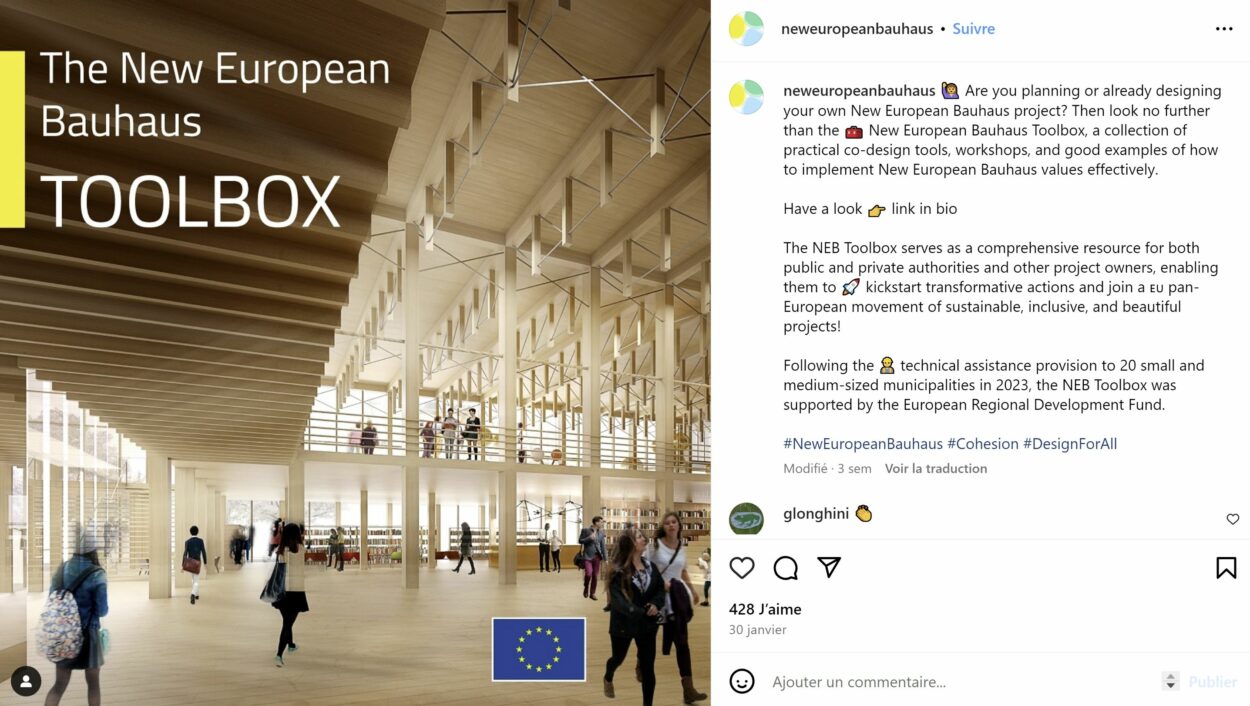
Driving Sustainability and Circular Design in the European Building Sector
Architects have taken a leading role in advancing the goals of the Green Deal, actively educating clients on renovation options and promoting the adoption of green, innovative construction materials to foster the development of more sustainable and higher-quality buildings. In support of this initiative, the EU has introduced a suite of measures aimed at promoting circularity principles across the lifecycle of buildings.
These measures include enhancing the sustainability of construction products in accordance with revisions to the Construction Product Regulation, advocating for the durability and adaptability of built assets in alignment with circular economy principles for building design, introducing digital logbooks for buildings, integrating lifecycle assessment into public procurement and the EU sustainable finance framework through the use of levels, considering revisions to material recovery targets outlined in EU legislation for construction and demolition waste, and promoting initiatives to reduce soil sealing, rehabilitate abandoned or contaminated brownfields, and encourage the safe, sustainable, and circular use of excavated soils.
In an interview with ArchiExpo e-Magazine, a spokesperson for the European Commission emphasized the significance of these measures, noting that construction activities account for approximately half of the resources consumed in the EU, with buildings representing the largest consumers of energy. The Green Deal aims to enhance the sustainability of the building sector through three primary avenues: reinforcing legislation related to energy efficiency and the energy performance of buildings, promoting end-user electrification in the residential sector while simultaneously decarbonizing the electricity sector, and increasing circularity and sustainability within the construction products industry. Architects are recognized as pivotal stakeholders in the implementation of these legislative measures, rules, principles, and innovations.
“Buildings are the biggest consumer of energy in the EU. The European Commission acknowledges this important role of architects who face a set of multiple challenges: Clients often look at the most cost-efficient offers while, at the same time, society wants more and more high-quality and sustainable buildings. Architects have to adapt to the changing challenges including moving from mainly new constructions to innovative renovations,” a spokesperson for the European Commission said in an interview with ArchiExpo e-Magazine.
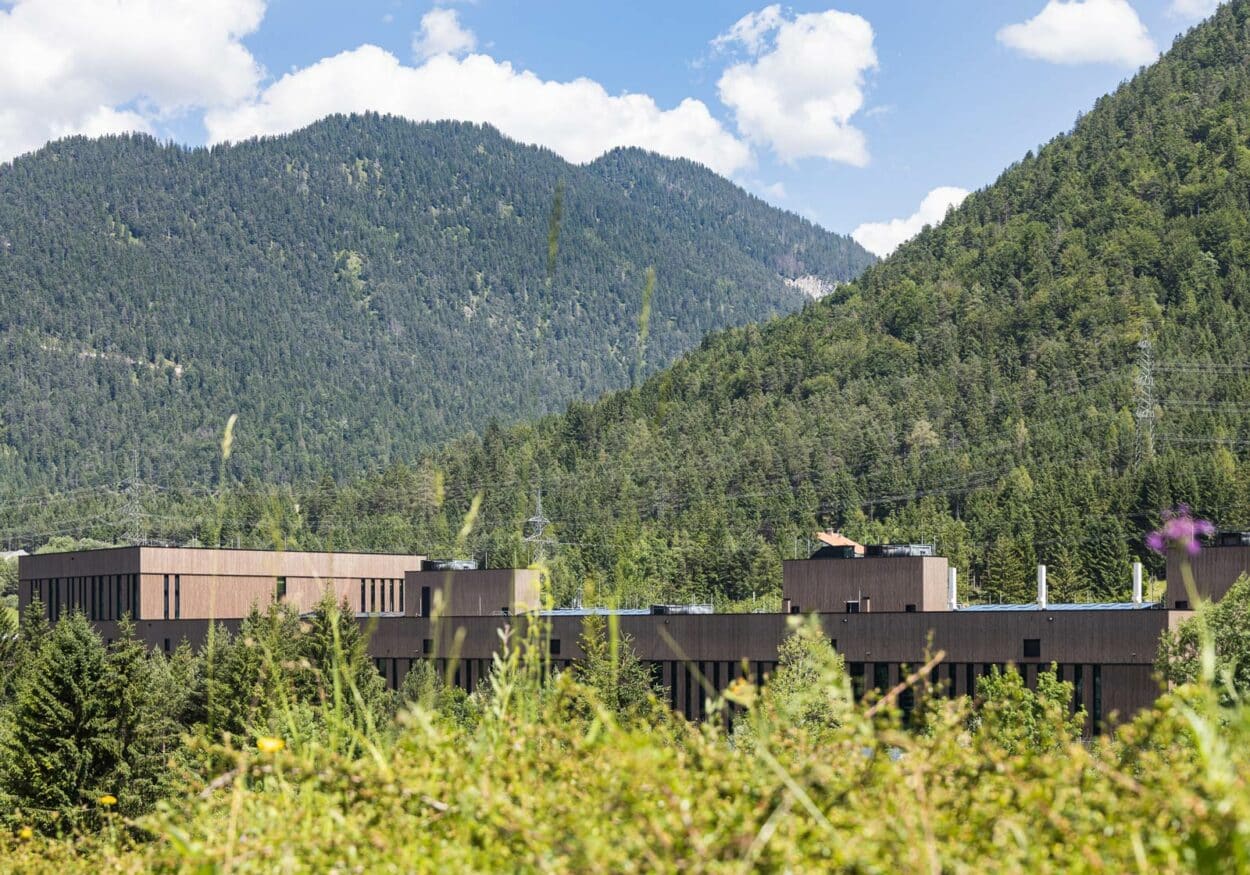
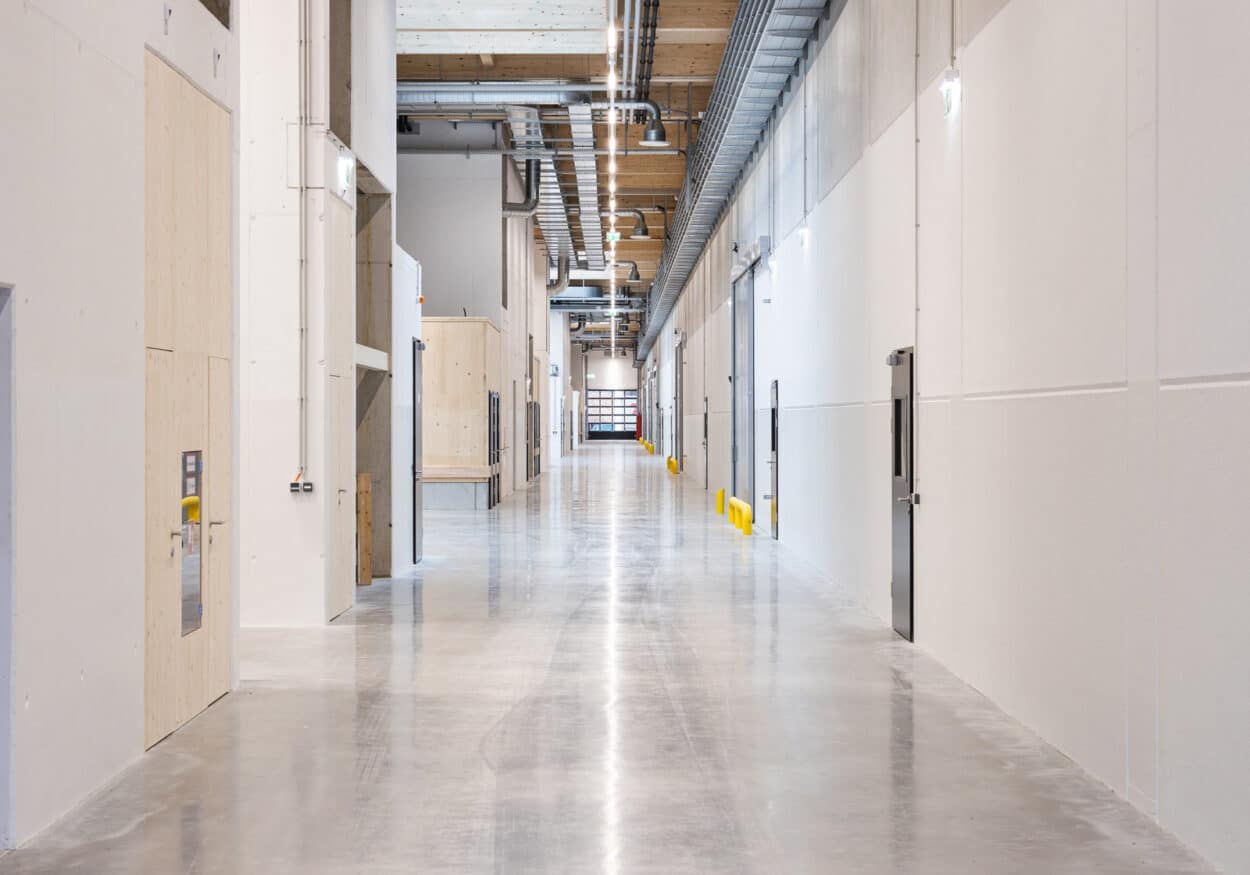




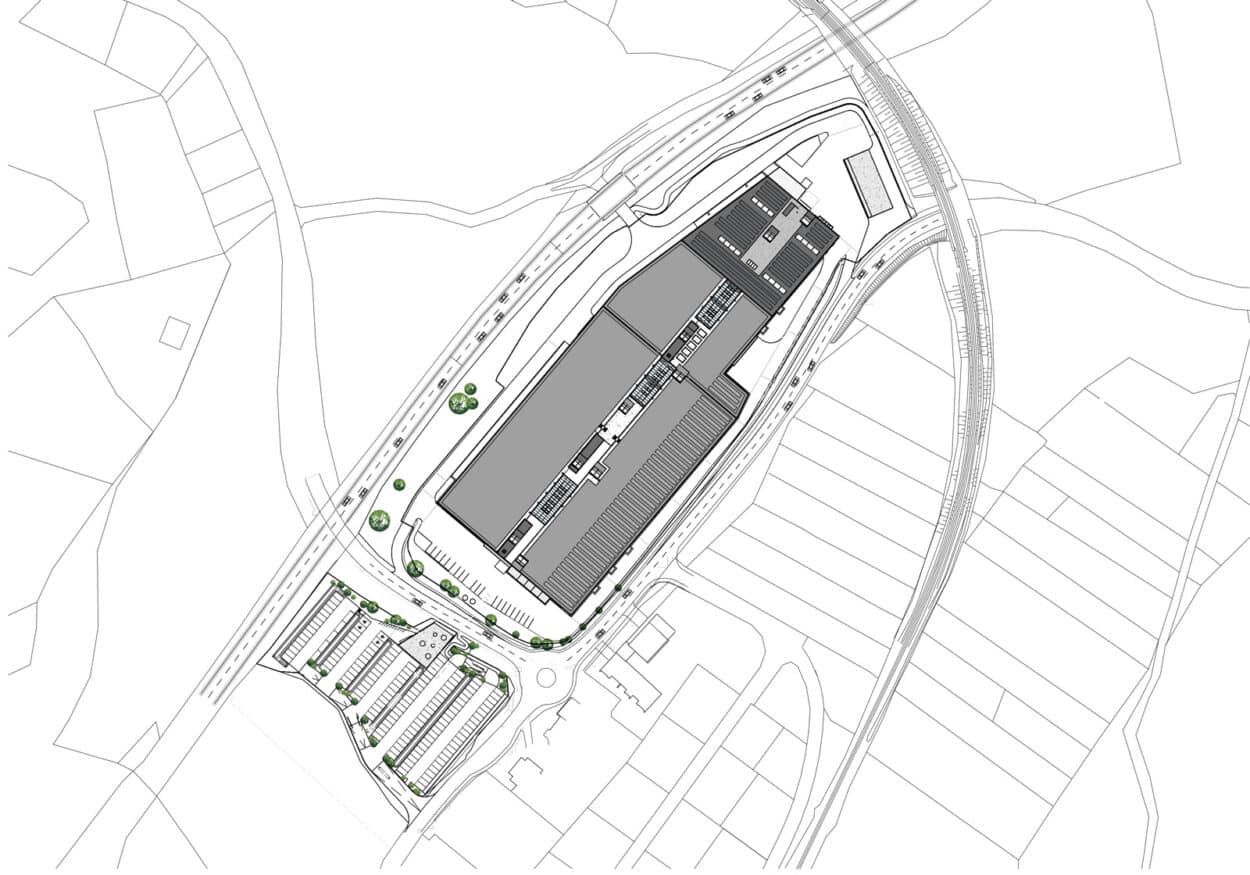
Adopting the Principles of the Green Deal for Economic Independence and Circularity
One significant challenge lies in the fact that adherence to the principles of the Green Deal in design remains voluntary. Nevertheless, architects have access to various green and energy efficiency standards, such as the Passivhaus Standard for retrofits, which they can utilize to ensure that their designs adhere to best practices in this regard.
According to Michael Haugeneder, managing director at ATP Sustain, architects face their greatest challenge in adopting the Green Deal due to stringent requirements for building materials and the lack of clearly defined parameters for consideration. He noted that this necessitates architects to gather significantly more data than in previous practices.
“A lot has changed for renovations and individual measures,” Haugeneder said in an interview with ArchiExpo e-Magazine. “In addition to building data, analyses such as CRREM and the development of a climate protection roadmap are now also required and are a baseline for action. Based on this, project owners have to collect detailed data on the performance and the materials.”
Haugeneder mentioned that implementing design processes and activities related to climate protection and resilience against climate change becomes straightforward if the necessary data is readily available.
“Sustainability, if not an add-on, but a must-have for risk-reduced financing and ensuring a future-proof economic area in Europe,” said Haugeneder. “The European Green Deal will help the European economy to stay more independent and circular.”


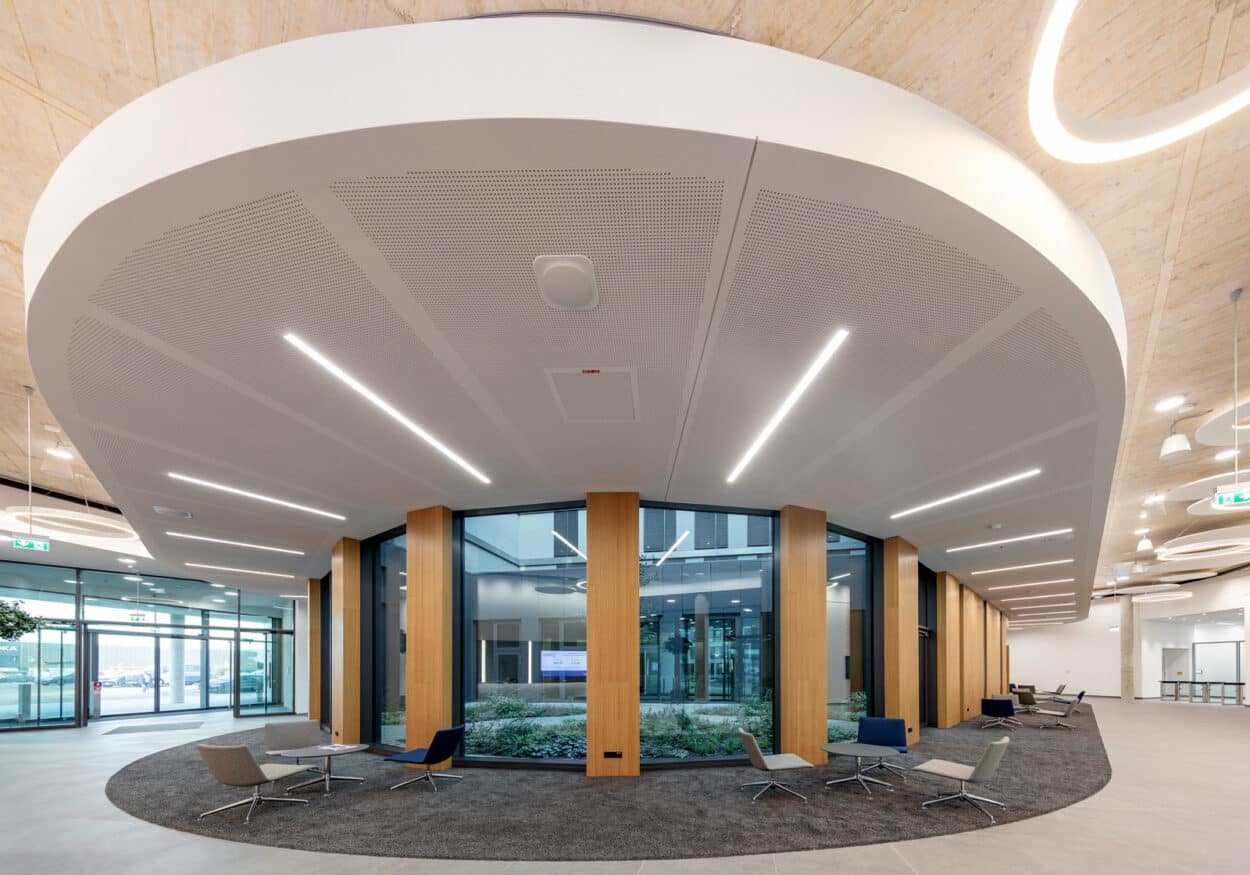
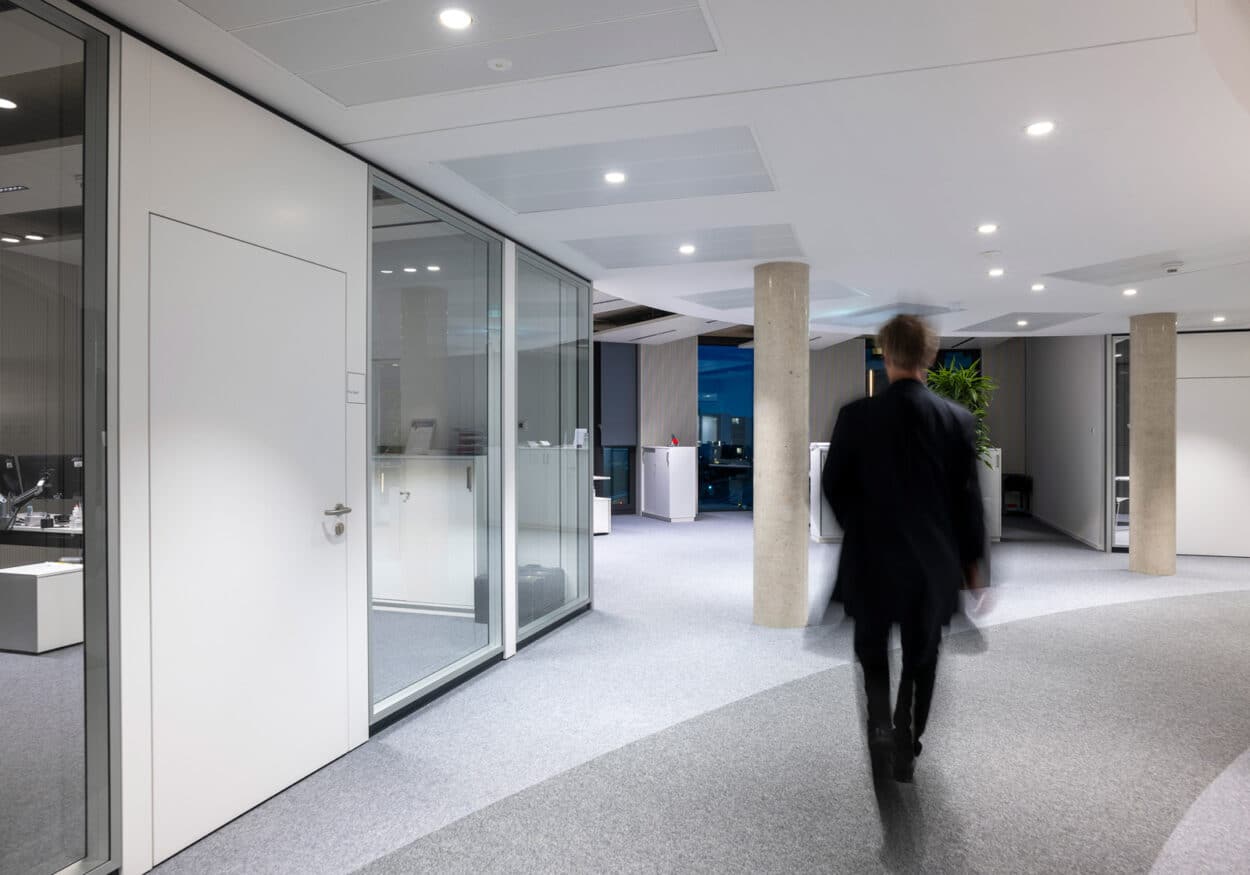




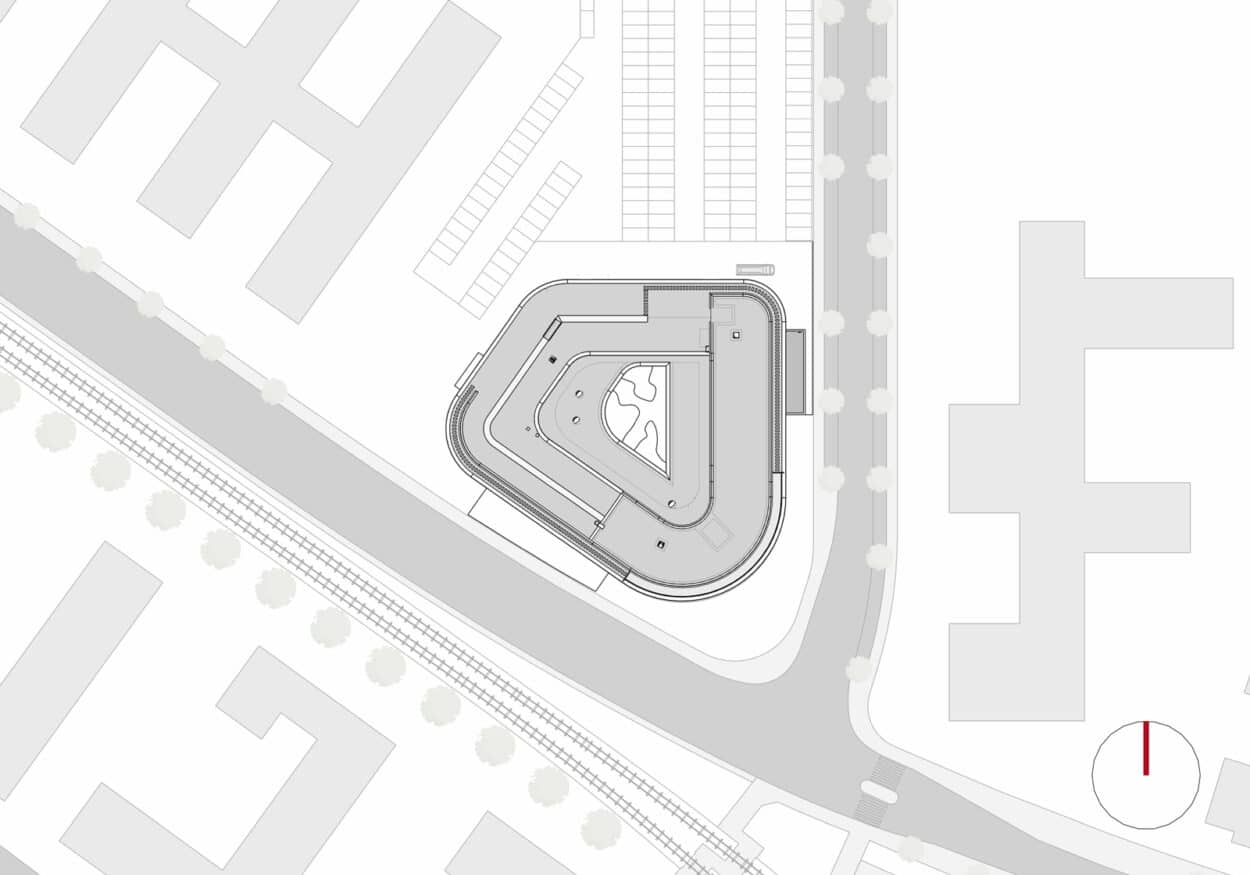
Landmark Projects Across Europe, Emphasizing Energy Efficiency and Resource Optimization
ATP Sustain, renowned for its commitment to sustainability, has spearheaded the design of several iconic buildings across Europe, adhering to its own ATP Green Deal principles and leveraging cutting-edge building information modeling tools to address climate protection, material-related emissions, and water conservation.
One notable project, the Kvno in Cologne, Germany, exemplifies this dedication to resource efficiency and energy conservation. Surpassing the maximum requirements of the Building Energy Law, the design integrates geothermal power, air/water heat pumps, and central sorption-based ventilation units to achieve exceptional energy efficiency.
Similarly, the new headquarters of Ceratizit Austria in Breitenwang, Tyrol, maximizes the utilization of locally available resources. The building incorporates renewable raw materials such as wood, utilizes groundwater for cooling, harnesses exhaust heat from machinery for heating purposes, and employs solar energy for electricity generation.
Moreover, elements of the Green Deal have been seamlessly integrated into the design of facilities for the Paris 2024 Olympics. Notably, Solideo’s innovation fund facilitated the installation of Exegy ultra-low-carbon concrete in the Athletes Village, resulting in significant carbon savings. The Olympic Aquatic Center stands out for its innovative use of European wood in a concave roof design, reducing energy consumption by nearly 25% compared to conventional structures. Additionally, the center’s seats are crafted from 100% recyclable plastics, sourced from local schools, furthering the sustainability agenda.
Furthermore, the L’Ile Saint-Denis district has embraced green roof technology, incorporating rainwater storage systems and drip regulation mechanisms to irrigate vegetation and mitigate heat islands, aligning with the district’s commitment to environmental stewardship.










